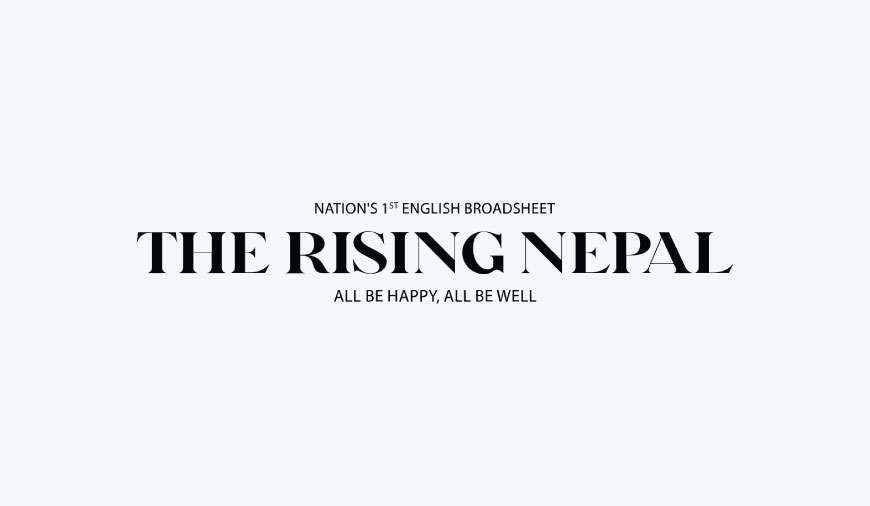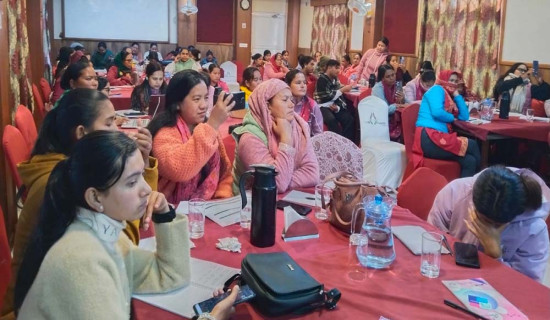- Wednesday, 24 December 2025
Upgrade Public Transport
Samrat Baral
Nepal government has committed to reducing carbon emissions as per the resolution made in the latest climate conference -- COP26. With her vast possibility of hydropower generation, Nepal can switch to electricity over the use of petroleum products to fight global warming that has threatened our planet.
Nepal is a signatory to the UN's Sustainable Development Goals (SDGs) too. It is a welcome step that the SDG No. 13 has incorporated Climate Action to tackle climate change. While several strategies are on the table, promotion of mass transport can be seen as one of the approaches to cut the use of fossil fuels responsible for the rising greenhouse gas emissions worldwide.
But, it is easily said than done. As people look to maximise their efficiencies during work hours, the private vehicle, be it motorbike or car, has been seen as an unconditional choice to commute. During the rush hours, there is heavy traffic, with private vehicles hogging the road. Given the poor public transportation system, many prefer to ride their own vehicles to reach their destinations in time, but as the number of vehicles is so high that roads do not have capacity to accommodate them. So, the traffic movement gets congested and slow, causing delay and frustration among commuters.
As the population in big cities such as Kathmandu and Pokhara is rising, it is necessary to widen the roads where it is possible, making the optimum use of the limited. The road expansion works can be carried out when fewer vehicles ply on the roads. It is possible when we have fewer private vehicles which are often carrying a single person when a tempo of similar size would carry up to 10. Those who have already owned a vehicle will continue using them. But those who are willing to buy one shall be persuaded to use public vehicles but such vehicles need to be made public-friendly. The public vehicles ferry overcrowded passengers during the office-going time. They are also not available during the night times.
When we can add more public vehicles with reduced private ones over a time, this will help shift towards mass transportation. When buses ply up to late night hours, with everyone comfortably seated, people will mull over whether or not to use their own vehicle. The public vehicles need to be equipped with facilities so that passengers feel comfortable while travelling.
Several buses plying inner cities have narrow spaces in the middle. Passengers face difficulty to get their seat. Not only that, passengers also have to listen to the ear-piercing songs during their travels while fellow travelers get engaged in noisy talks which are overheard by many.
This has been a hindrance to those who want to utilise their travel hours by going through newspapers, books or lecture assignments. I always wish I could choose public vehicles to reach office comfortably. I also wish women could board the public buses without any safety concerns. When this happens, the government's push to reduce the import of fuels and use of private vehicles will be matearialised, thereby saving the foreign reserves and promoting the public transportation system in the country.

















